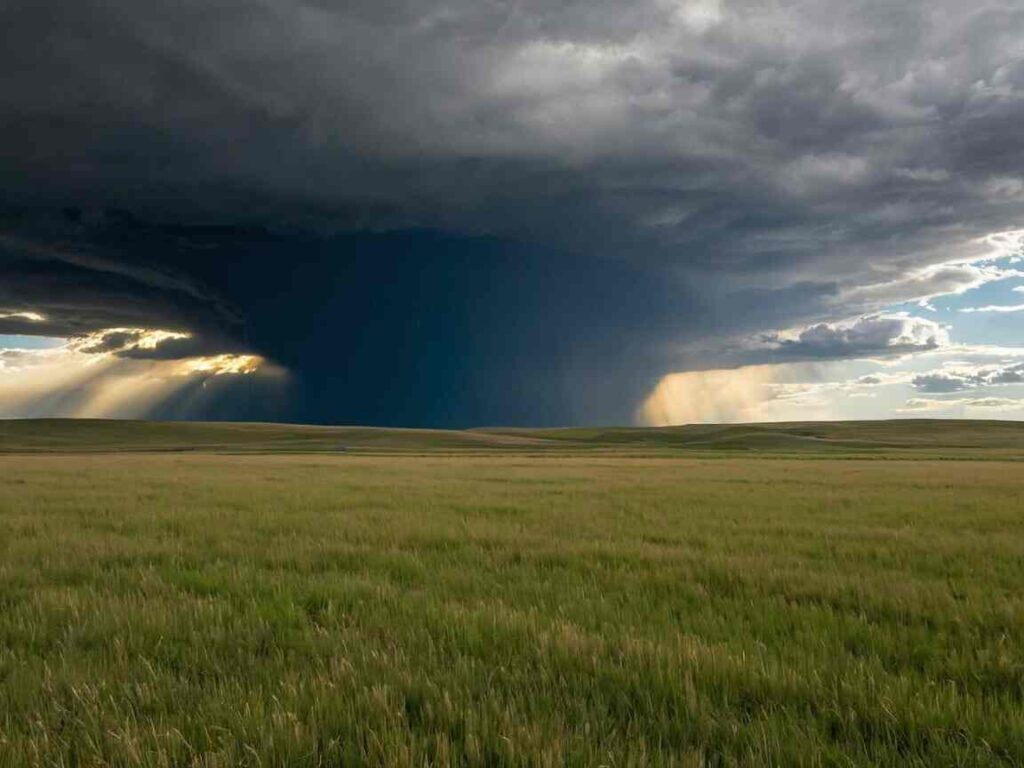Pw The Plainshh: A Vast And Vital Landscape!

The plains are one of the most expansive and significant landforms on Earth, covering vast stretches across continents and playing a crucial role in the environment, agriculture, and human civilization. These vast, flat, or gently rolling lands are characterized by their open spaces, fertile soil, and diverse ecosystems. Whether referred to as prairies, grasslands, steppes, or savannas, plains hold immense ecological, economic, and historical value.
Geographical Distribution and Types of Plains:
Plains are found on every continent except Antarctica and vary significantly in their characteristics, depending on their location, climate, and formation. Some of the most well-known plains include:
1. Structural Plains
These plains form through natural geological processes without significant changes to their original structure. They are typically found in areas with little tectonic activity, such as the Great Plains of North America, which stretch from Canada to Texas.
2. Depositional Plains
These plains result from the gradual accumulation of sediments over time. They include:
- Alluvial Plains: Formed by rivers depositing sediments over vast areas, like the Indo-Gangetic Plain in South Asia.
- Coastal Plains: Found along coastlines where oceanic or riverine deposits create low-lying fertile land, such as the Atlantic Coastal Plain in the U.S.
- Delta Plains: Created at river deltas where sediment builds up, leading to highly fertile regions, such as the Nile Delta in Egypt.
3. Erosional Plains
These plains arise when external forces like wind, water, or ice erode highland areas, eventually leveling them out. Examples include the Canadian Shield Plains, which have been shaped over millions of years.
Climatic and Ecological Importance
The climate of plains varies widely depending on their geographic location. While some experience moderate conditions, others have extreme temperatures. The Great Plains in North America, for example, have cold winters and hot summers, while the Pampas of Argentina enjoy a milder climate.
Plains support diverse ecosystems, from temperate grasslands to tropical savannas. These ecosystems are home to numerous animal species such as bison, antelope, prairie dogs, and large bird populations. Many plains have fertile soil that supports extensive agriculture, making them the world’s breadbaskets for crops such as wheat, corn, and barley.
The Plains and Human Civilization
Historically, plains have been crucial for human settlements due to their ease of transportation, agricultural potential, and suitability for livestock grazing. Early civilizations, such as those in Mesopotamia and the Indus Valley, thrived in fertile plains.
Plains continue to be centers of economic activity, with large-scale farming, cattle ranching, and urban development. Cities such as Chicago, Kansas City, and Buenos Aires are strategically located in plains regions, benefiting from their resources and trade opportunities.
Challenges and Conservation Efforts
Despite their importance, plains face significant environmental threats, including:
- Deforestation and Habitat Loss: Conversion of grasslands into farmlands and urban spaces reduces biodiversity.
- Climate Change: Shifting temperatures and changing precipitation patterns affect agricultural productivity and ecosystems.
- Soil Degradation: Intensive farming leads to soil erosion and depletion of essential nutrients.
Conservation initiatives focus on sustainable farming practices, reforestation, and protected areas to preserve the plains’ ecosystems. Programs such as the Conservation Reserve Program (CRP) in the U.S. and the establishment of national parks aim to maintain the ecological balance of plains worldwide.
FAQs:
How do plains affect the weather?
Plains allow air to move freely, leading to strong winds, tornadoes, and sudden temperature changes.
What are some lesser-known plains?
Examples include the Nullarbor Plain in Australia and the Manchurian Plain in China.
Are there plains underwater?
Yes! Abyssal plains are flat regions on the ocean floor, covered by fine sediments.
How do indigenous people use plains?
Many indigenous groups, like the Native American Plains tribes, rely on plains for hunting, herding, and farming.
Can plains help with renewable energy?
Yes! Their open landscapes make them great for wind farms, producing clean energy.
Conclusion:
The plains are more than just vast stretches of land; they are essential to biodiversity, agriculture, and human history. Their role in sustaining life, providing food, and serving as homes for various species makes them indispensable to our planet. As climate change and human activity continue to impact these landscapes, concerted efforts are required to preserve and manage them responsibly. Understanding and appreciating the significance of the plains is the first step toward ensuring their future for generations to come.
Also Read:







